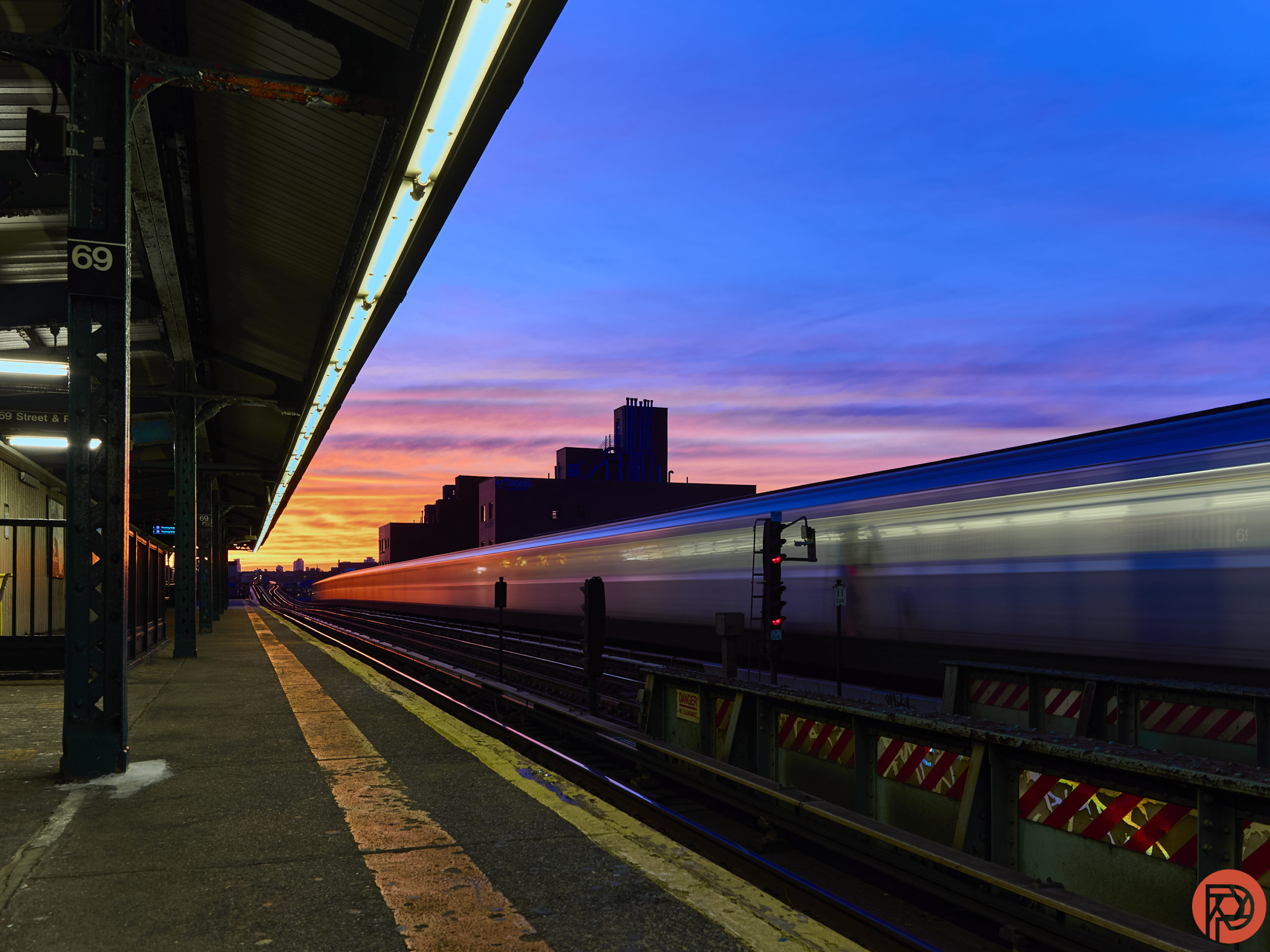If you’re a landscape photographer who lugs around tons of ND filters, you’re probably already aware of how photographers rave about the OM SYSTEM series of cameras. OM SYSTEM has a feature that makes photographing the sunset even better. It’s called Live ND, and it helped me create one of the most beautiful photos I’ve made in recent times. Lots of folks loved it in my social media feed, and I’m positive you will too!
This piece is presented in partnership with OM SYSTEM. We’ve independently and ethically reviewed all the products in this post already without sponsorship. And we worked with them to recommend a few key gems to you.
Table of Contents
Computational Photography in OM SYSTEM
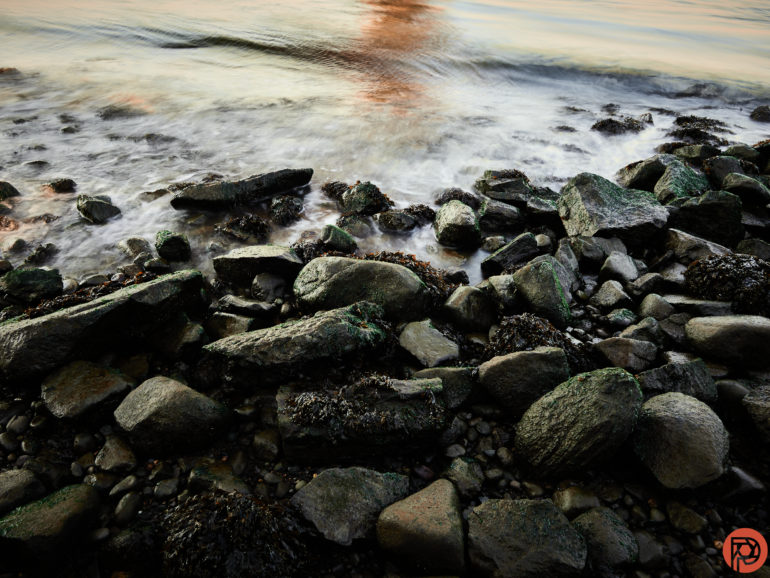
Computational photography is a huge part of OM SYSTEM cameras, and the processing power inside these cameras is equally as powerful. Besides the Live ND feature, there are things like Live Composite, Focus Stacking, HDR, and more. Since OM SYSTEM cameras are so small, these modes help you carry less gear and spend less time in post-production. I mean, isn’t it every photographer’s dream to just be out and shooting photos all day and night?
Why not live your dream?
What to Know About Live ND
The Live ND feature is pretty awesome. It won’t replace a full ND filter in every situation, but it’s incredibly useful in the vast majority of situations. The OM SYSTEM Live ND feature includes various strengths: starting at ND2 and going all the way up to ND64 in the OM SYSTEM OM-1. Each strength allows you to set the camera to a minimum fastest shutter speed but gives you almost full control of how much slower you wish it to be. Of course, there’s also the lens aperture and the ISO.
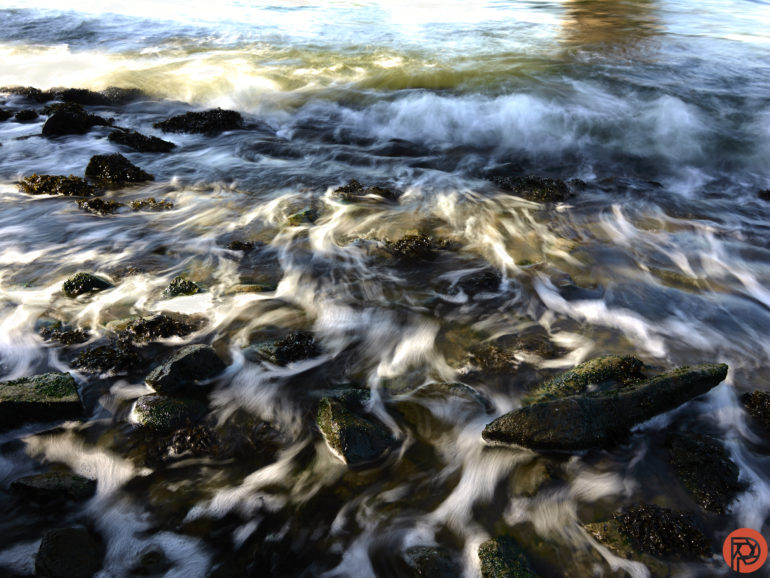
The native ISO on most OM SYSTEM cameras is ISO 200: low while being versatile for most shoots. You typically don’t want to stop your lens down too much. With larger format cameras, you often need to stop the lens down to f11 or lower. The OM SYSTEM gives the same depth of field at f5.6 as a full-frame camera at f11. As a result, lots of Micro Four Thirds photographers don’t want to stop their lens down beyond that when photographing landscapes and sunsets. This is where Live ND comes in handy. In most situations where you’d use an ND filter, you don’t need to stop the lens down as much. Additionally, you can also use one in combination with an ND filter if you need to.
With all this said, you shouldn’t use Live ND with a flash. For starters, the camera gets set to silent shutter mode; which uses the electronic shutter. For years, many photographers have used ND filters and a flash to overpower the sun’s output while cutting down the ambient light. But OM SYSTEM has a flash system that can do this for you.
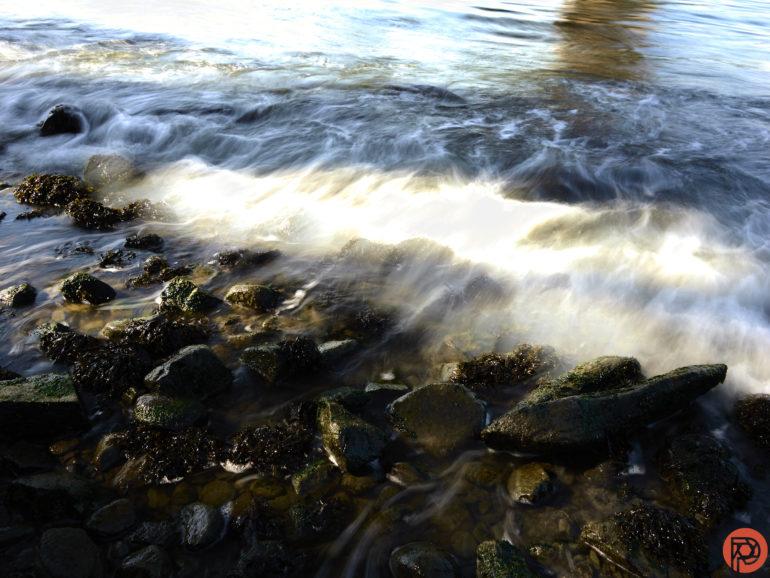
With lower strength settings, Live ND lets you set a faster shutter speed. When the OM SYSTEM camera is set to higher Live ND strengths, you need to shoot at slower shutter speeds.
What’s also really cool about this is that Live ND applies to your RAW photos. So if you’re not in the mood to bring an ND filter, or forgot one at home, you’re covered in at least some small way.
Get the Shot!
When you’re shooting with the Live ND feature, bring a tripod. Sure, the camera shoots in silent shutter speed and OM SYSTEM has fantastic image stabilization. But let’s get it right in-camera so that we don’t have to do much if any post-production. Using a tripod helps you get the best photos they can possibly be.
The Live ND feature isn’t meant to completely overpower the sun’s light. If you search on Instagram, you’ll see that it’s mostly used around sunset and in forests where a flowing river is photographed. So if you’re photographing a body of water in the shadow, you’ll be in a perfect place to use Live ND. Where I had the most fun with it is doing something I haven’t seen done before.
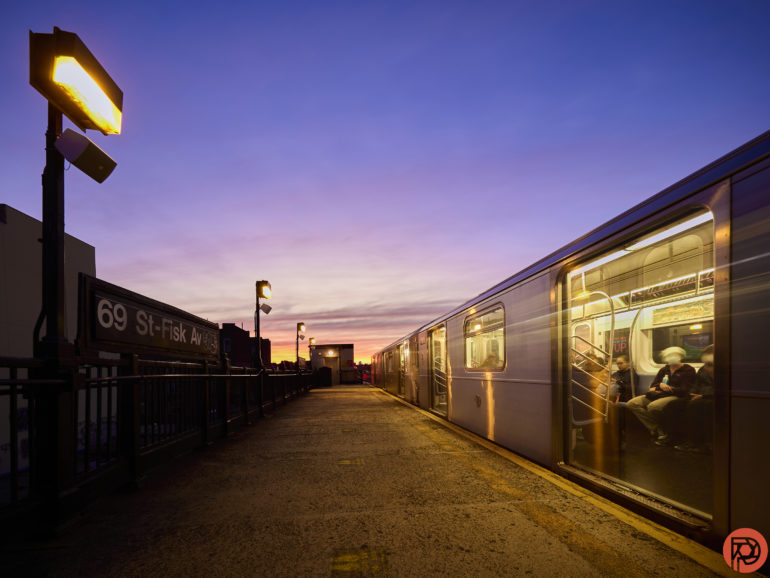
People in a city have our own ways of photographing flows and streams. Those include long exposures of cars moving around during sunset and, in my case, the NYC subway system. With the OM SYSTEM OM-1 and the M.Zuiko 7-14mm f2.8 PRO lens, I took a tripod onto the subway platform during sunset. It was a race because sunset doesn’t last long in the fall months in NYC. With the OM-1 set to ND64, I set the lens to f5.6 and photographed trains coming in and out while the setting sun was created the most gorgeous thing you could stare at. As the trains passed, it created fascinating compositions that were too good to pass up.
Eventually, I brought the images into Capture One and made minor exposure and color edits. That’s how I got these photos.
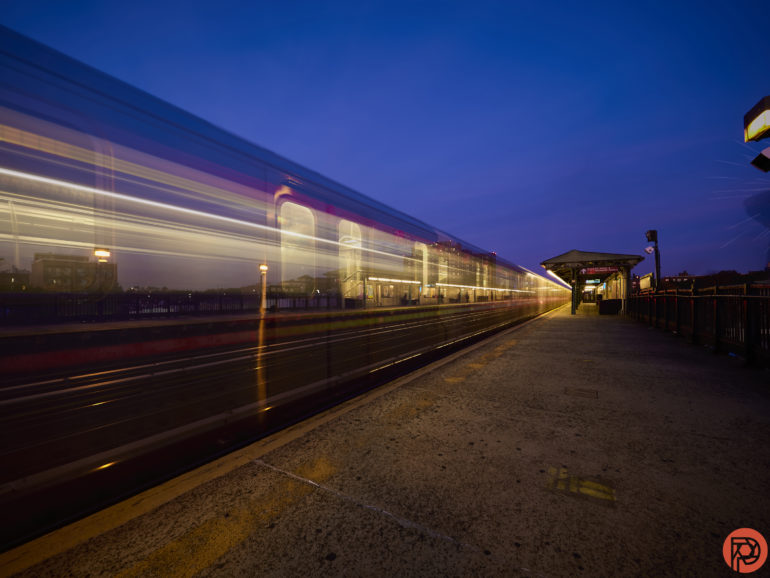
But that’s just my story. The more important thing here is the OM SYSTEM OM-1 has the tools to help you be insanely creative in-camera without needing to spend an entire evening in post-production layering photos. Because it’s so lightweight and doesn’t require all the tools needed with other systems, you can be more flexible in a pinch. Considering just how good modern cameras are, who wouldn’t want that?


